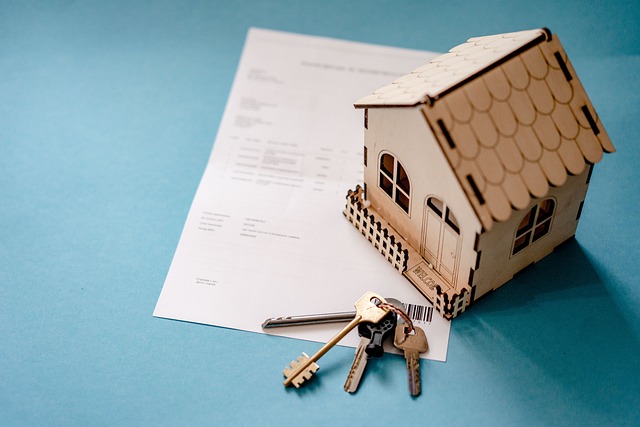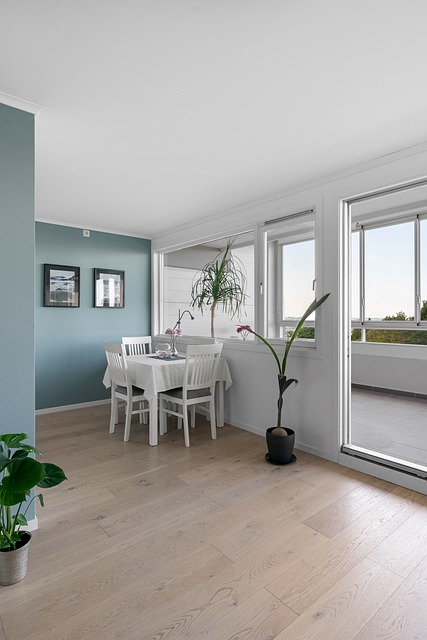When considering the future value of an Executive Condo (EC) after five years, it's crucial to evaluate factors such as location, developer reputation, socioeconomic area status, and government policies. ECs near transportation, with easy access to amenities like shopping centers, schools, and healthcare, tend to appreciate more due to their convenience and desirability. Established developers with a track record of quality projects can influence sustained value growth. The socioeconomic health of the area, including infrastructure improvements and economic growth, affects demand and property values. Government policies by the Housing & Development Board (HDB) regarding EC eligibility and the resale market also play a pivotal role in shaping market dynamics. Investors should analyze historical appreciation rates of similar ECs, focusing on those located in prime districts like Sentosa Cove and Punggol, which are favored for their luxury living potential and access to established schools and transport networks. By considering these factors alongside broader economic trends, investors can make strategic decisions that align with long-term financial objectives, particularly when looking at an Executive Condo After 5 Years.
navigating the nuanced market of Executive Condos (ECs) can be a strategic move for long-term investment. With the unique nature of ECs, designed for couples and families with at least one child or expecting their first, understanding their value appreciation after five years is paramount. This guide delves into the key factors influencing post-five-year trends, analyzes the evolution of desirability in various locations, and offers insights on choosing an EC with potential for future growth grounded in past performance. Whether you’re a current or prospective owner, this comprehensive analysis of ‘Executive Condo After 5 Years’ will equip you with the knowledge to make informed decisions in the EC market.
- Assessing the Value Appreciation of Executive Condos Post-Five Years: Key Factors to Consider
- The Evolution of Desirability: Analyzing Trends and Demands in Executive Condo Locations Over Time
- Navigating the Market Dynamics: How to Choose an Executive Condo Based on Future Potential and Past Performance
Assessing the Value Appreciation of Executive Condos Post-Five Years: Key Factors to Consider

When evaluating the potential value appreciation of an Executive Condo (EC) post-five years, several key factors come into play that can influence the property’s future worth. Firstly, the location of the EC is paramount. Units in ECs situated near established transportation nodes, such as MRT stations or major expressways, tend to hold their value well due to their convenience and accessibility. Proximity to amenities like shopping centers, schools, and healthcare facilities also enhances desirability, which can translate into capital appreciation over time.
Moreover, the development’s track record and reputation of the developer should not be overlooked. A well-executed project by a reputable developer with a history of quality construction and successful projects can significantly contribute to sustained value appreciation. Additionally, the overall socioeconomic landscape of the area is crucial. An area undergoing positive transformation, such as infrastructure upgrades or economic development, can lead to increased demand for housing in that region, potentially boosting property values.
Investors should also consider government policies and their impact on the EC market. Policies like the Singaporean Public Housing & Development Board’s (HDB) regulations regarding the eligibility for EC ownership and the resale market can influence the demand and supply dynamics of these properties. Therefore, staying informed about such policies is essential for making an educated prediction about an EC’s value appreciation after five years.
Understanding the nuances of the property market and the specific factors that affect Executive Condos post-five years allows investors to make more informed decisions. By analyzing location, developer reputation, socioeconomic trends, and government policies, one can better assess the potential value appreciation of an EC, thereby enhancing the investment’s prospects over the long term.
The Evolution of Desirability: Analyzing Trends and Demands in Executive Condo Locations Over Time

Over the years, the desirability of Executive Condos (ECs) has been shaped by a myriad of factors including demographic shifts, economic changes, and government policies. Initially, ECs were predominantly favored by young couples and families due to their affordability as an alternative to public housing while offering the benefits of a 99-year leasehold property. Fast forward to today, and the trends have evolved. The location of these condos has become increasingly significant, with prime districts such as Sentosa Cove and Punggol being sought after for their desirability post-5 years. These areas not only offer a luxurious living environment but also promise potential capital appreciation due to upcoming infrastructure and amenities that enhance the overall lifestyle.
The trends indicate a clear preference for ECs situated near mature estates with well-established schools, shopping centers, and transport networks. These locations are particularly attractive for families who prioritize convenience and accessibility. Over time, the proximity to business hubs and employment centers has also risen in importance, making ECs after 5 years in such areas more desirable for professionals seeking a balance between work and leisure. The evolution of desirability for Executive Condos is a reflection of the changing dynamics of urban living, where accessibility, community, and future growth potential are key drivers of choice.
Navigating the Market Dynamics: How to Choose an Executive Condo Based on Future Potential and Past Performance

When considering an Executive Condo (EC) for investment or residence, it’s pivotal to analyze market dynamics and the historical performance of similar properties. ECs, designed for families and individuals who do not qualify for public housing but earn enough to repay their flat’s price, offer a unique opportunity in the property market. To discern an EC’s future potential, one must look at its location, development status, and past market trends. A prime location, characterized by amenities like shopping centers, schools, and MRT stations within walking distance, typically signals robust appreciation prospects over time.
Historical data on post-5-year appreciation rates of nearby properties can provide valuable insights into the area’s capital growth trajectory. ECs in neighborhoods where previous similar units have shown consistent value appreciation post-maturity are likely to follow a similar trend. It’s also advisable to consider the EC’s development stage; newer developments with modern amenities and efficient layouts often attract more buyers, potentially increasing their value over time. By leveraging data on ‘Executive Condo After 5 Years,’ savvy investors can make informed decisions that align with their long-term investment strategies. Keeping a keen eye on both macroeconomic factors influencing the property market and specific EC performance will enhance your ability to choose an EC that promises growth and meets your financial objectives.
